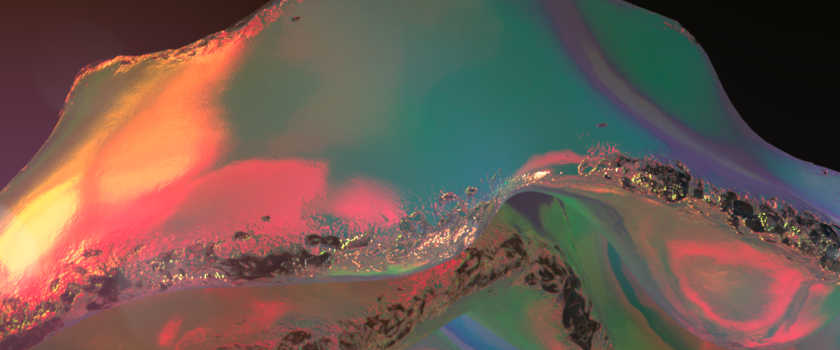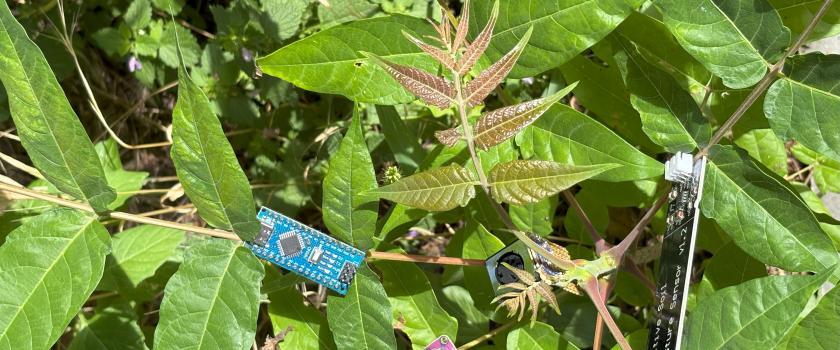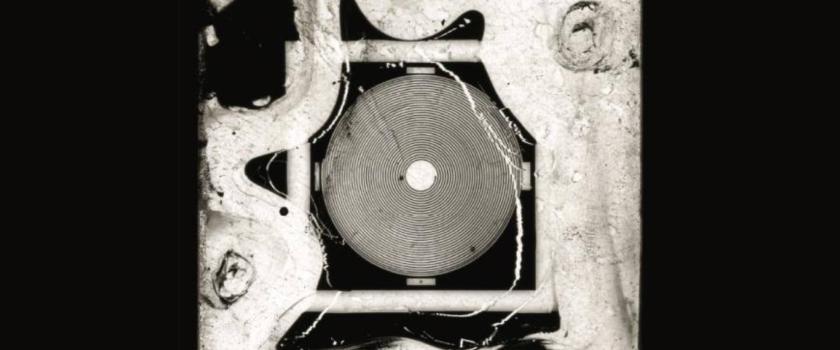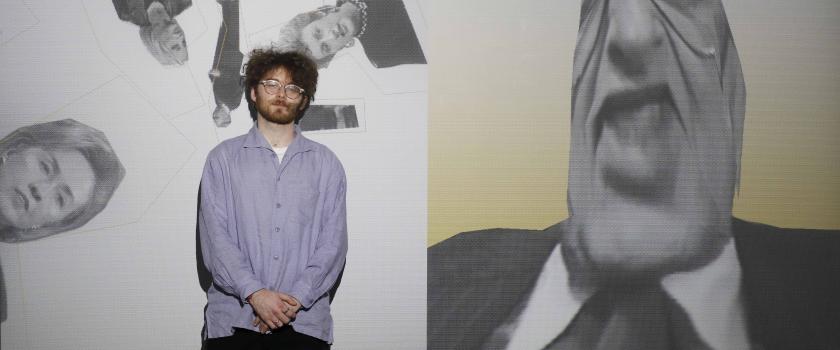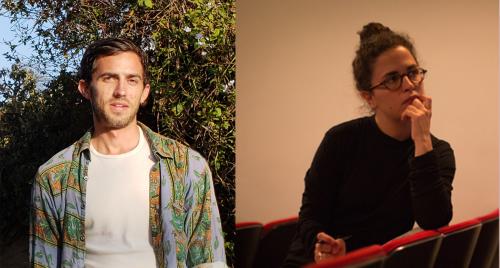Flaminia Fortunato / Joey Heinen
There is no “I” in iOSCross-institutional collaboration in preserving iOS media
Within recent years, technology and new media has taken some surprising new turns which are challenging media collection caretakers in their quest for best-practices in preservation. Among those, live simulations, Augmented Reality iOS Apps, mobile Apps, and Apple devices are making their way into museums collection. Often these works rely on proprietary technologies and the support of tech companies which have little interest in sustaining their tools in the long term. In fact, these tools by design appear to resist conventional processes of stabilizing the media due to the inherent need to maintain licenses, refresh the media along with incessant system updates, and use proprietary back-up and analysis tools which allow for examination of the device’s inner-workings. While issues in preserving proprietary technology is not new within Time Based Media, these added barriers are further solidifying a need for creating collaboration as a means of combating these issues.
Establishing a dialogue with the artist and their assistants/fabricators/software developers has become a key aspect for shepherding these works into museum collections and for gaining a better understanding of what the artist’s deliverables are and what the museums will be responsible for preserving. Often, a fully-formed understanding of the work and its ongoing care involves cross-departmental collaboration between curatorial, registration, exhibition design, conservation and audio visual technicians. This specific institutional endeavor is particularly important when more complex media works are being acquired.
In what ways have these objects challenged our approach towards caring for Time-Based Media and what are some strategies in ensuring that these works are sustained across various stakeholder groups? What are the significant moments in the life-cycle of these works that will help collecting institutions in better understand their vulnerable nature and ultimately making decisions about their future care?
This presentation seeks to unravel these questions through the use of few case studies and a year long joint effort between the Los Angeles County Museum of Art (LACMA) and the Museum of Modern Art New York (MoMA). In 2016, Composition for Marimba (2016) by Mungo Thomson was acquired by the LACMA. This work consists of a mobile phone mounted on a tripod which acts as a set piece and audio-visual display device. An iOS mobile app displays a random sequence of images of playing cards which are linked to audio files playing marimba tones and then sent to wireless speakers in the space. In 2017, WYD RN (2017) by Martine Syms was acquired by the MoMA. The work is an Augmented Reality iOS downloadable App which acts through a randomized facial recognition mechanism on a set of twelve archival pigment prints on found posters that were installed in the exhibition space. As part of the installation Incense, Sweaters & Ice (2017) this work was downloadable for visitors during the show and was conceived as a bridge between the posters and the videos installed as a means to create a conversation between these elements.
In examining case studies in conserving iOS mobile app artworks during which LACMA and MoMA were involved in collaborative research, we gained a stronger understanding of the unique risks posed in preserving media that relies on devices that are increasingly more diffuse. We have learned that mobile technologies are in many ways a moving target, resisting constancy in terms of ownership, destination platform(s), and related dependencies. This further complicates our understanding of best practices in preserving software-based art. Stemming from this understanding, we see institutional context as key, particularly in developing policies around conservation decision-making and in defining the identity of the work as it unfolds in its different manifestations. Identifying the core identity of the work will inevitably involve a privileging of certain functions. Based on the complex task of preserving such technological artworks, ongoing preservation cannot take place within an institutional vacuum, and this notion of collaboration continues to be essential. This presentation ultimately seeks to highlight how our respective institutions responded to these challenges and developed procedures for properly determining shared practices, understanding that we all have different vantage points on what forms our collective understanding of the work.
Joey Heinen is a digital preservation and time based media specialist, currently serving as Digital Preservation Manager in the Collection Information and Digital Assets Department and head of the Time Based Media Committee at the Los Angeles County Museum of Art. He graduated from the Moving Image Archiving and Preservation MA program at NYU in 2014. During his tenure he worked in NYU's film preservation lab, digitized audio for Anthology Film Archives, and served as a media collection and digitization assistant for new media artists Steina & Woody Vasulka. Following this he was selected for the National Digital Stewardship Residency at Harvard Library. He currently serves on the American Institute for Conservation's Electronic Media Group board as Secretary/Treasurer and the planning committee for the TechFocus conference.
Flaminia Fortunato is a Andrew W. Mellon fellow in Media Conservation at the Museum of Modern Art (MoMA) New York. As part of the Media Conservation team at the museum she is involved in day to day acquisition, documentation, installation and conservation of the media collection. She holds a MA in Conservation-Restoration of Modern Materials and Media from the University of the Arts Bern, Switzerland and a BSc in Chemistry for Conservation-Restoration from the University Ca' Foscari in Venice, Italy. She was a summer intern at the Hirshhorn Museum and Sculpture Garden in Washington D.C, a media conservation resident at the Museum of Contemporary Zagreb and she worked as a contemporary art conservation assistant in private practice in Italy.
